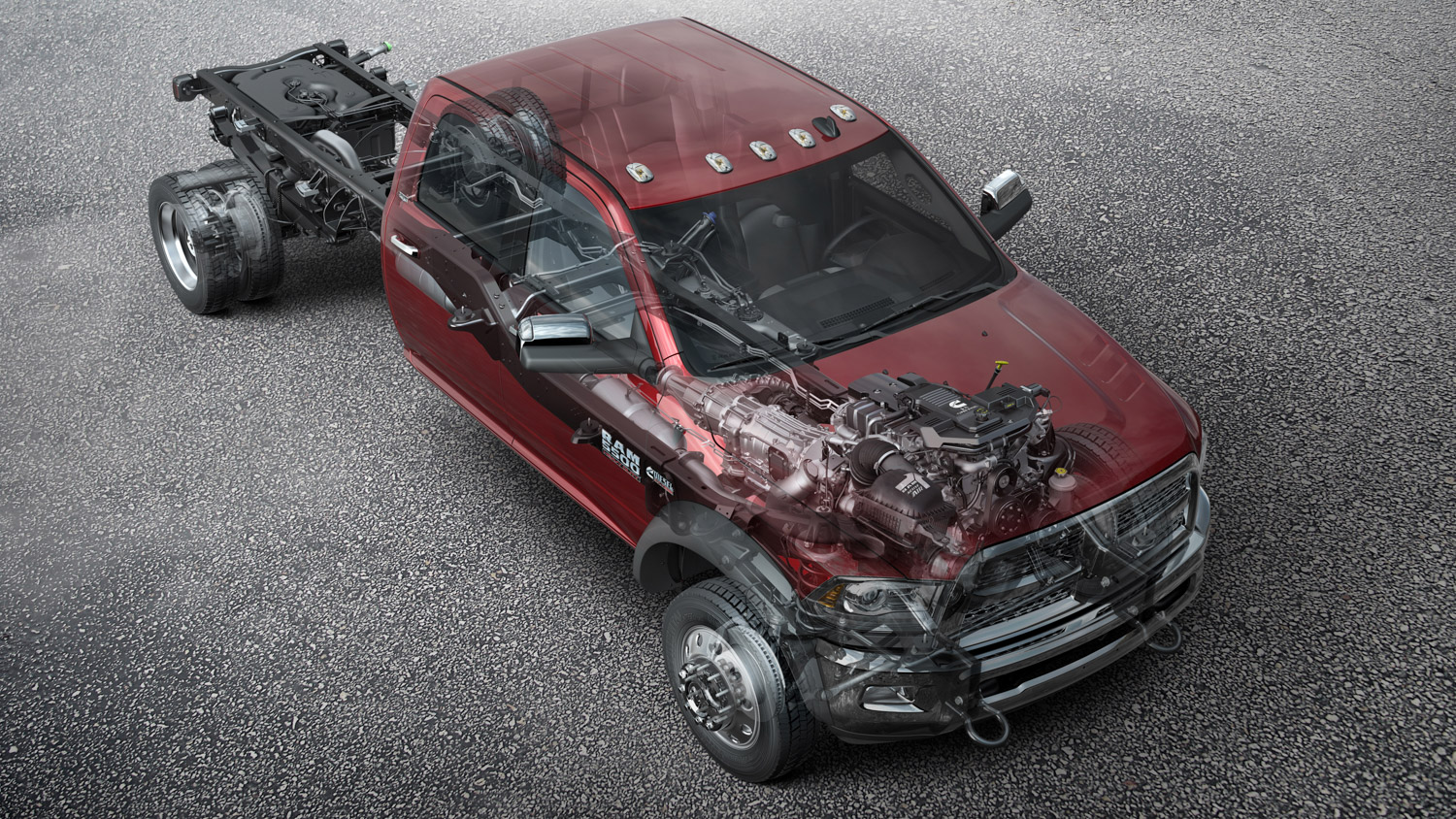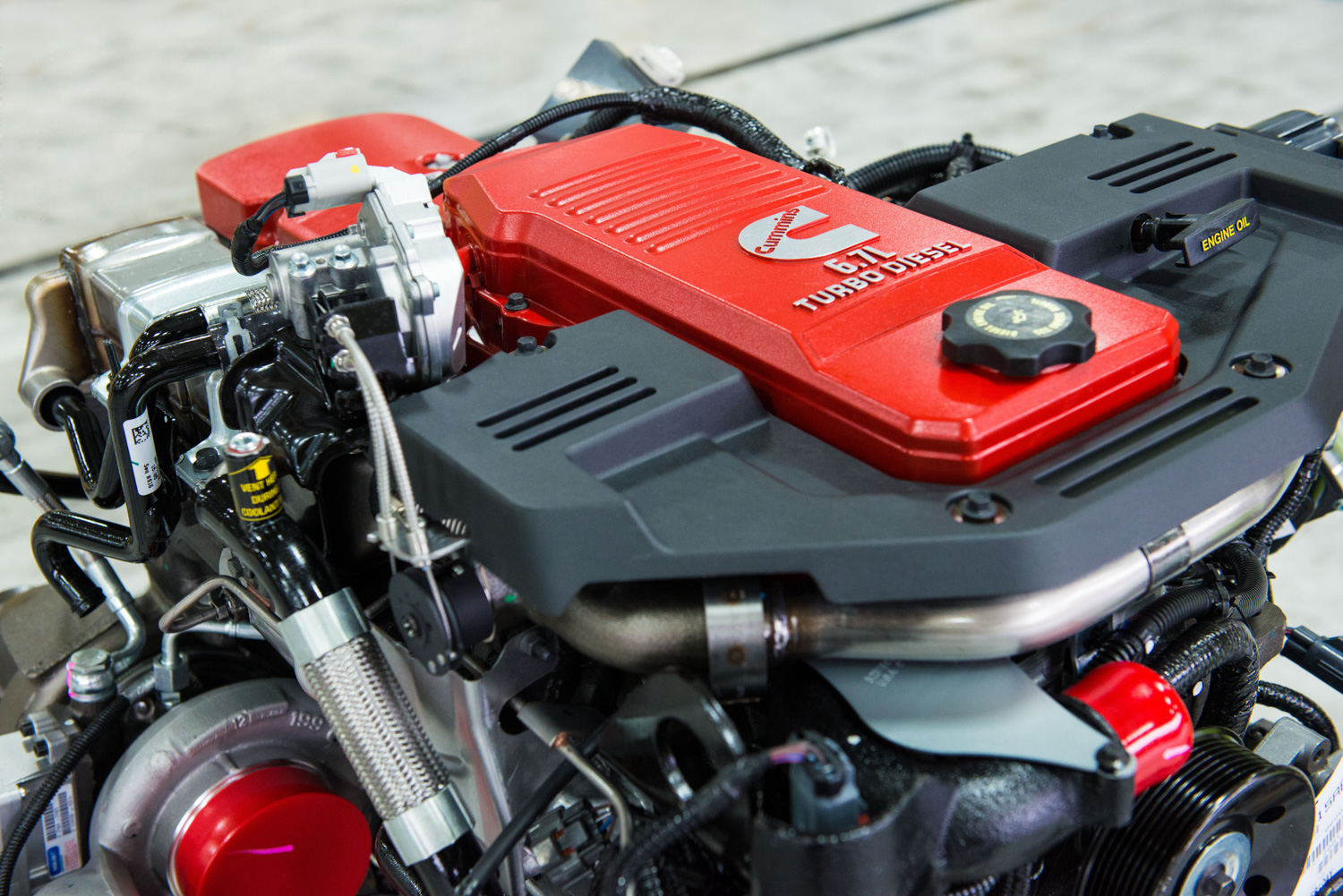Engine runaway is every diesel owner’s nightmare
I recently witnessed a delivery truck on the side of the highway spewing flames out of its exhaust. It was riveting, yet terrifying, and it reminded me of the rare and frightening phenomenon that is diesel engine runaway. And so off to YouTube I went to watch engine after engine fail in a black cloud of smoke, as bystanders helplessly watched. So what exactly is it about diesel engines that let them run on uncontrollably?
Despite using essentially the same basic components and construction you’d find in a gasoline engine, diesel engines are a different beast. Diesel engines compress only air, and fuel is injected directly into the combustion chamber in precisely timed intervals, where the fuel is ignited via the heat generated by compression. Conversely, gasoline engines compress air and fuel, ideally igniting only when a well-timed spark lights off the mixture. Unlike a gasoline engine, which is throttled by incoming airflow, diesel engines are throttled by fuel, so there’s typically no throttle butterfly valve stopping a diesel engine from breathing freely.
These differences can mean that diesels are more efficient, especially at highway speeds. But it does create the potential for engine runaway, a condition where diesel engines become the victim of a feedback loop that can’t be easily stopped. It can lead to mechanical failure due to overspeed, oil starvation, or fire.
A gasoline engine with a stuck throttle can be shut down by removing the source of ignition. Kill the spark, kill the engine. A diesel engine with a malfunctioning throttle or injection pump (or one that has fuel introduced from a source other than the injectors) can run on to its redline and beyond until something stops either the air or the fuel.



Commonly deployed remedies to curtail the damage include physically blocking the turbo inlet to starve the engine of air or engaging the clutch while in high gear to bring it to a halt.
So how does a diesel get an unchecked fuel supply? Mechanical injector pumps can fail and add too much fuel, but one of the common offenders is a failed pressurized oil feed on a turbocharger. A diesel can run on oil, and this is one of the most devastating types of diesel runaway because the engine consumes its own lubrication, eventually leaving bearings to run dry.
Thankfully diesel engine runaway is becoming more and more rare, as common rail injectors don’t suffer the same kinds of failures as mechanical injection pumps, but as you can see in this video, diesel engines have a reputation for being able to run on just about anything. Amazing, yes, but it can also be a power plant’s undoing.
Got a wild runaway diesel tale? Tell us in the Hagerty Forums below.


